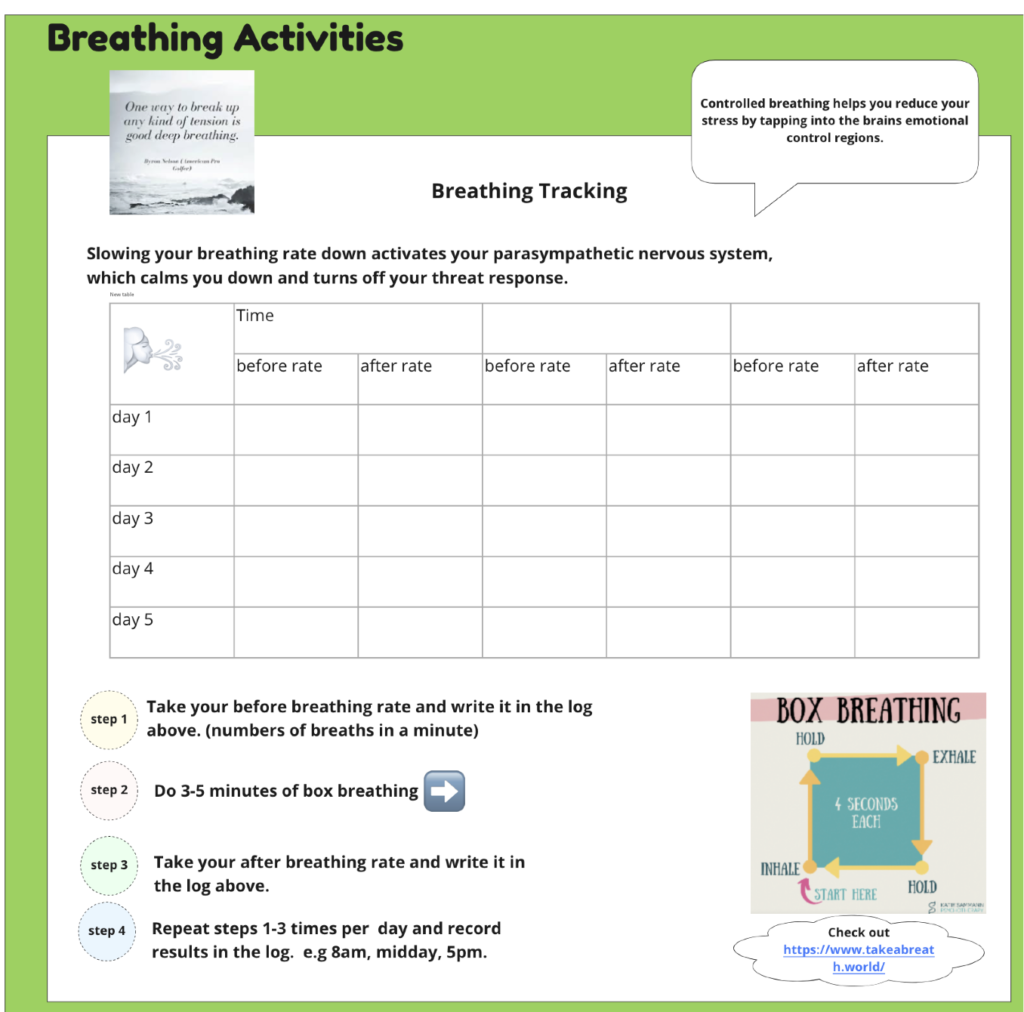How often are you doing what you like in your job as opposed to what you were hired to do or adds the most value?
I Love this little quadrant to keep in mind what I am actually on the hook for and incorporate / focus my learning.


How often are you doing what you like in your job as opposed to what you were hired to do or adds the most value?
I Love this little quadrant to keep in mind what I am actually on the hook for and incorporate / focus my learning.


The first thing to remember is short attention span = make it simple – remove as many steps to getting a task to done as possible so it can be done as quickly as possible.
If it’s not working keep changing it until it does work.
Conquering ADHD with Productivity
Introduction:
For teenagers with ADHD, managing time and staying organized can often feel like an uphill battle. The challenges of planning can hinder productivity and lead to a sense of overwhelm. However, with the right strategies and mindset, it is possible to overcome these obstacles and cultivate a more organized and successful approach to tasks and responsibilities. In this article, we will explore three key takeaways that can help teenagers with ADHD improve their planning skills and maximize their productivity.
Takeaway 1: Embrace the Power of Visual Planning
One of the most effective tools for managing ADHD and enhancing planning skills is visual planning. Incorporating visual elements into your planning process can provide structure, improve focus, and reduce the likelihood of forgetting important tasks. Here are some actions you can take right now:
Takeaway 2: Practice Time Chunking and Time Boxing
Time management is a crucial skill for teenagers with ADHD. Time chunking and time boxing techniques can help you allocate your time effectively and maintain focus on specific tasks. Here’s what you can do:
Takeaway 3: Implement Strategies for Consistency and Accountability
Consistency and accountability are vital for teenagers with ADHD to stay on track with their planning efforts. By implementing strategies that promote consistency and encourage accountability, you can develop sustainable habits for long-term success. Consider these actions:
Conclusion:
Managing ADHD as a teenager can be challenging, but with the right strategies, planning can become a powerful tool for success. By embracing visual planning techniques, practicing time chunking and time boxing, and implementing consistency and accountability strategies, you can enhance your productivity and overcome the obstacles associated with ADHD. Remember, it’s a journey, and each step you take
#written with the assistance of ChatGPT


Being intentional with your coaching and determining what the focus needs to be.


Session 1
Session 2
Session 3
Session 4
Session 5
Session 6
Continuing on from self awareness in Self mastery, the next activity I have is breathing tracking, this is around focusing on taking care of your wellbeing and being able to emotionally regulate.

The first step is creating awareness of your breathing, just taking time to track it and slow it down with box breathing.
I ran through this exercise along with the heart math app with a few people and just spending 5 mins slowing your breathing down, made a huge difference to how they were feeling that day.
By bringing awareness, creating visibility, enables you to realise you have control over you. It works with the work in teams and it works with ourselves. Become aware, pick something small to work on, make some changes, see what happened and start again.
By setting an outcome we become aware of the difference between what we have and what we want.
The difference is the problem.
When you set an outcome and are clear about your desired outcome. You will achieve your results and you will be focused.
Outcome orientation gives you purpose and direction in life. Make them timebound and word them in a way that implies they are already true. Eg by the end of the month k will have a working budget and be telling my money where to go.
My outcomes are in alignment with my beliefs and values and supportive of my family.
Think about outcomes in terms of where, when and who.
Reword to get to the true need. Ask why 5 times.
Your values govern the way you behave, communicate and interact with others. Be mindful of these in setting your outcome as it is part of the greater system that is you.
Your beliefs are concepts you hold to be true and values are ideas that we hold to be important. Both are important to understand how they connect in the way you behave I. Order to work out the best way for you to make changes in the system that is your life or relationships.
Align your habits to your values.